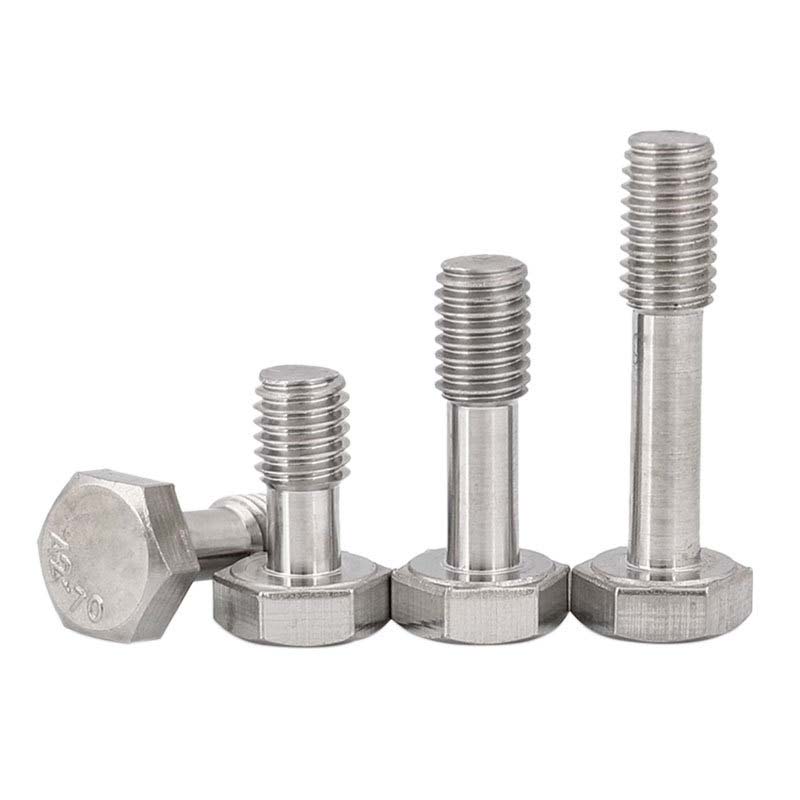What Is a Hexagon Head Bolt and Why Is It Widely Used in Engineering?
2025-07-17
Among the many fasteners used in construction and machinery, the hexagon head bolt—often simply called a hex bolt—stands out for its strength, versatility, and ease of use. Found in everything from bridges and buildings to automotive parts and heavy equipment, it is a key component in industrial and mechanical applications.
What Is a Hexagon Head Bolt?
A hexagon head bolt is a type of threaded fastener with a six-sided (hex) head designed to be turned with a wrench or socket. It is used to securely join materials such as metal, wood, or plastic. These bolts are available in various sizes, lengths, thread types, and materials to suit a wide range of applications.
Hex bolts can be fully or partially threaded and are typically used with a nut or inserted into a tapped hole.

Main Features
Hexagonal Head: Offers easy grip and high torque using standard tools.
Threaded Shaft: Allows strong and adjustable fastening.
Material Options: Steel, stainless steel, brass, titanium, and more.
Coatings: Zinc plating, black oxide, hot-dip galvanizing for corrosion resistance.
Common Applications
1. Construction
Hex bolts are used in steel structures, beams, and frameworks to provide secure and load-bearing joints.
2. Machinery and Equipment
They are essential for assembling heavy machinery and automotive components due to their high tensile strength.
3. Furniture Assembly
Used in flat-pack furniture and cabinetry, especially where strength and repeatable disassembly are required.
4. Automotive and Marine
Hex bolts are common in engines, frames, suspension systems, and marine equipment.
Types of Hexagon Head Bolts
Full Thread Hex Bolt: Threads run the entire length of the shaft. Ideal for clamping and short fastening needs.
Partial Thread Hex Bolt: Unthreaded shank provides shear strength for structural applications.
Heavy Hex Bolt: Larger head and shank diameter for high-stress environments.
Metric and Imperial (Inch) Sizes: Available in both measurement systems for regional compatibility.
Advantages
High Strength: Suitable for demanding environments and high-load applications.
Easy Installation: Standardized head shape allows quick tightening with common tools.
Durable and Reliable: Can withstand vibration, pressure, and external forces.
Reusable: Unlike rivets, bolts can be removed and reused without damaging the parts.
Things to Consider When Choosing
Grade and Strength Class (e.g., Grade 8.8, 10.9, or ASTM A325)
Material and Finish based on environment (e.g., stainless steel for corrosion resistance)
Thread type (coarse or fine)
Length and diameter suited to the application
Conclusion
The hexagon head bolt is a trusted fastener in countless industries due to its simplicity, strength, and versatility. Whether you're building a bridge or assembling a machine, choosing the right hex bolt ensures long-lasting, secure connections. With a variety of grades, coatings, and dimensions available, there’s a hex bolt for every task.


